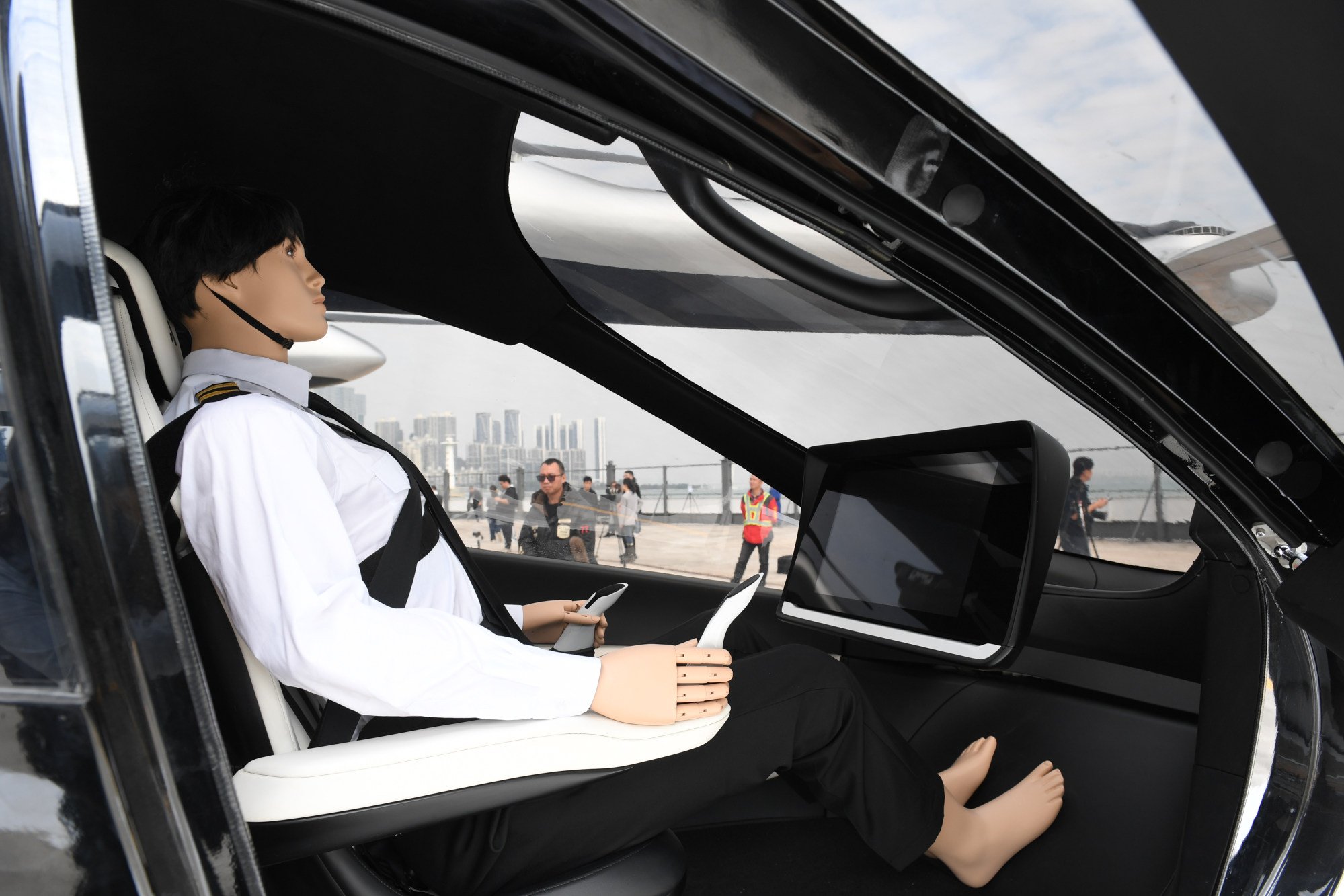China’s low-altitude economy – having been made a priority by Beijing – is expected to reach 2 trillion yuan (US$278 billion) by 2030, with this week’s unmanned maiden intercity electric vertical take-off and landing (eVTOL) flight representing the latest milestone for the burgeoning sector.
The sector exceeded 500 billion yuan last year, Han Jun, deputy head of the Civil Aviation Administration of China (CAAC), said on Thursday.
Han also said that the Chinese civil aviation authority planned to collaborate with local governments to construct civil airports and temporary eVTOL landing sites.
Beijing listed the low-altitude economy as one of the strategic emerging industries at the tone-setting central economic work conference in December.
It is seeking to obtain the lead in the burgeoning global low-altitude economy, which refers to a wide-ranging industry revolving around manned and unmanned civil aviation vehicles usually operating below an altitude of 1,000 metres (3,281 feet), and its activities could include passenger transport, cargo delivery and other operational tasks.
China can easily apply these accumulated experiences to its low-altitude economic sector
On Tuesday, a five-seater Prosperity aircraft, developed by AutoFlight, cut the travel time between the southern cities of Shenzhen and Zhuhai by two thirds after completing the flight in 20 minutes, state broadcaster CCTV reported.
The aircraft, which has yet to receive its airworthiness certificate, is expected to commence passenger flights in 2026, easing intercity travel and enriching business connections within the Greater Bay Area, the broadcaster added.

Guangzhou, the capital city of the southern Chinese economic powerhouse of Guangdong, is an industry leader for low-altitude economy research and development, with Shenzhen home to leading drone makers including DJI.
However, Peng expressed concerns over potential sanctions as Washington has hardened scrutiny of Chinese industries on national security grounds.
“China should prepare for this scenario,” he added.
Ready for launch: China’s low-altitude economy could add US$700 billion by 2025
Ready for launch: China’s low-altitude economy could add US$700 billion by 2025
Beijing has been pushing for the use of eVTOLs and drones in agricultural crop inspection, medical emergencies, inter and cross-city cargo transport, firefighting and tourism.
By the end of last year, China had nearly 20,000 operational drone companies, with 1.267 million registered drones, representing a 32.2 per cent increase from 2022.
Drones have been deployed in new sectors, including electric power line inspection, geographical surveying and mapping, meteorological detection and communication relays, Han added.
The comprehensive contribution of the low-altitude industry to China’s economy would reach between 3 trillion yuan and 5 trillion yuan by 2025, the International Digital Economy Academy, a government-backed research institution in Shenzhen, estimated in November.


